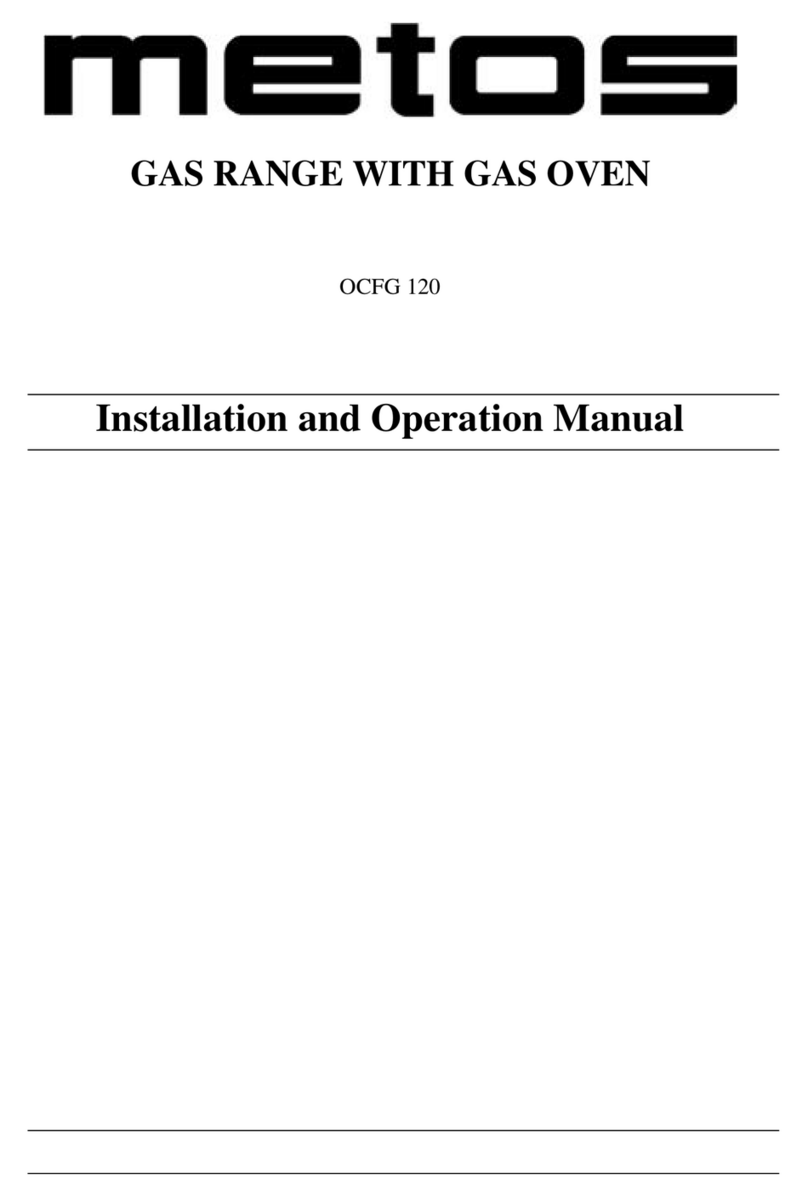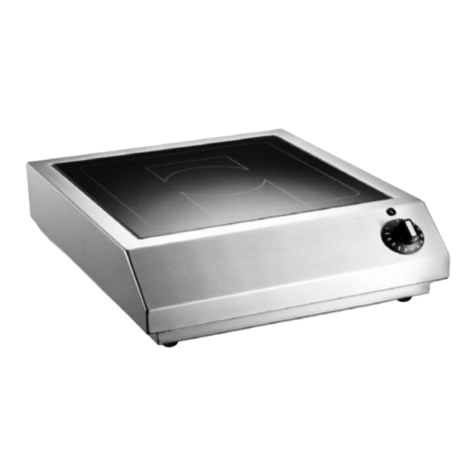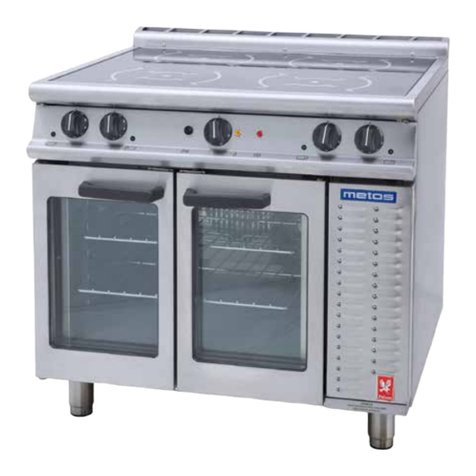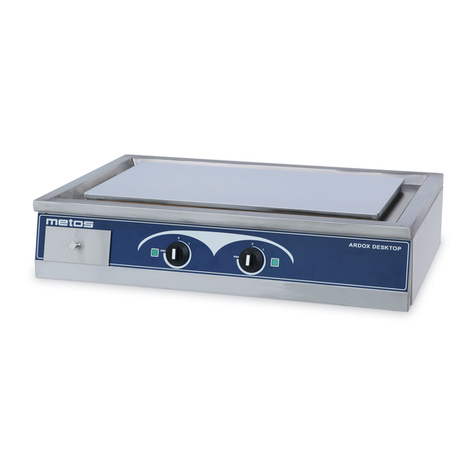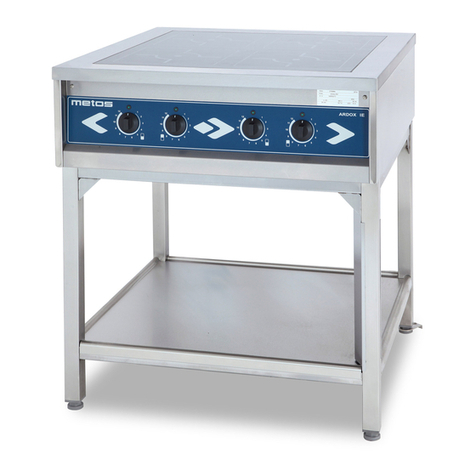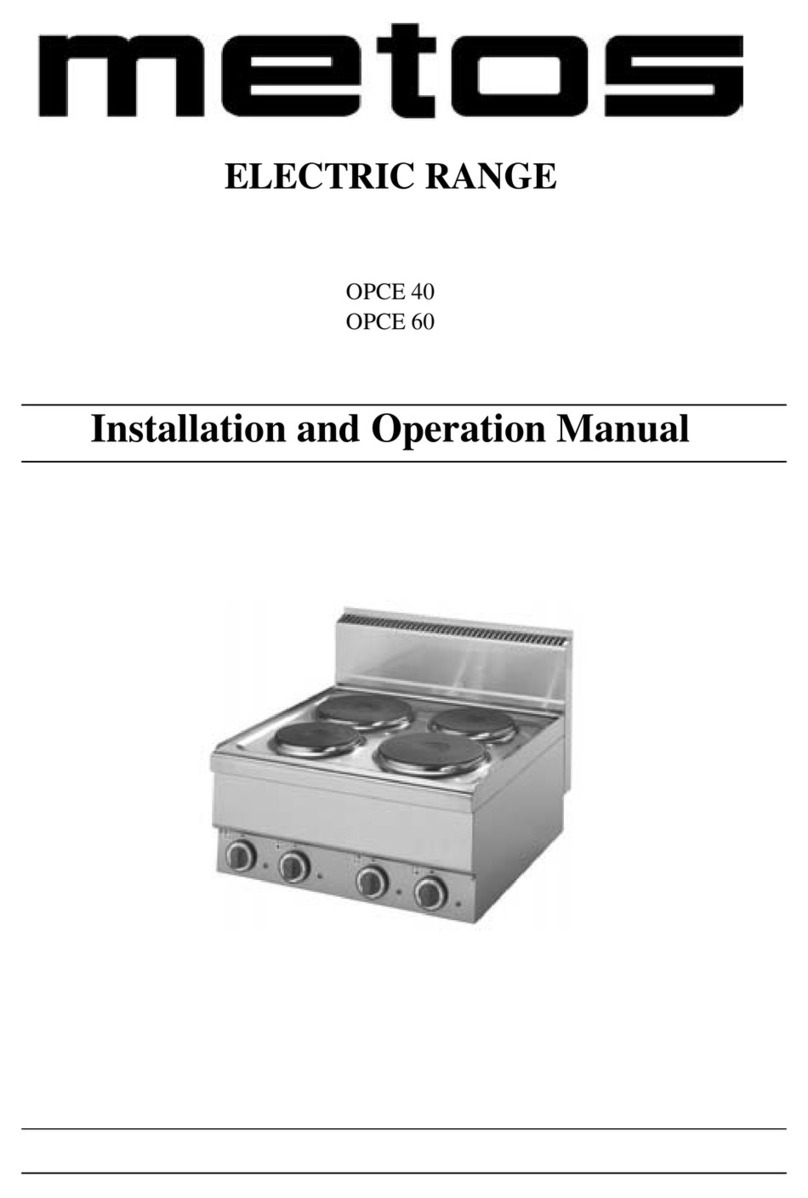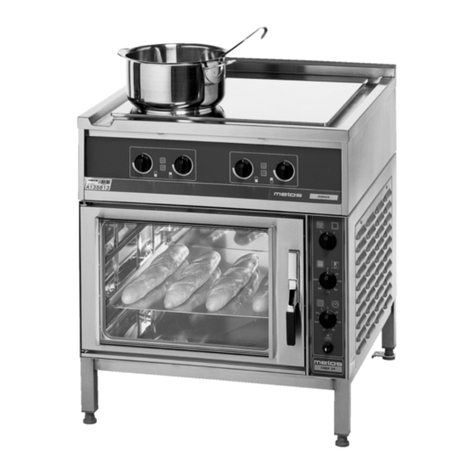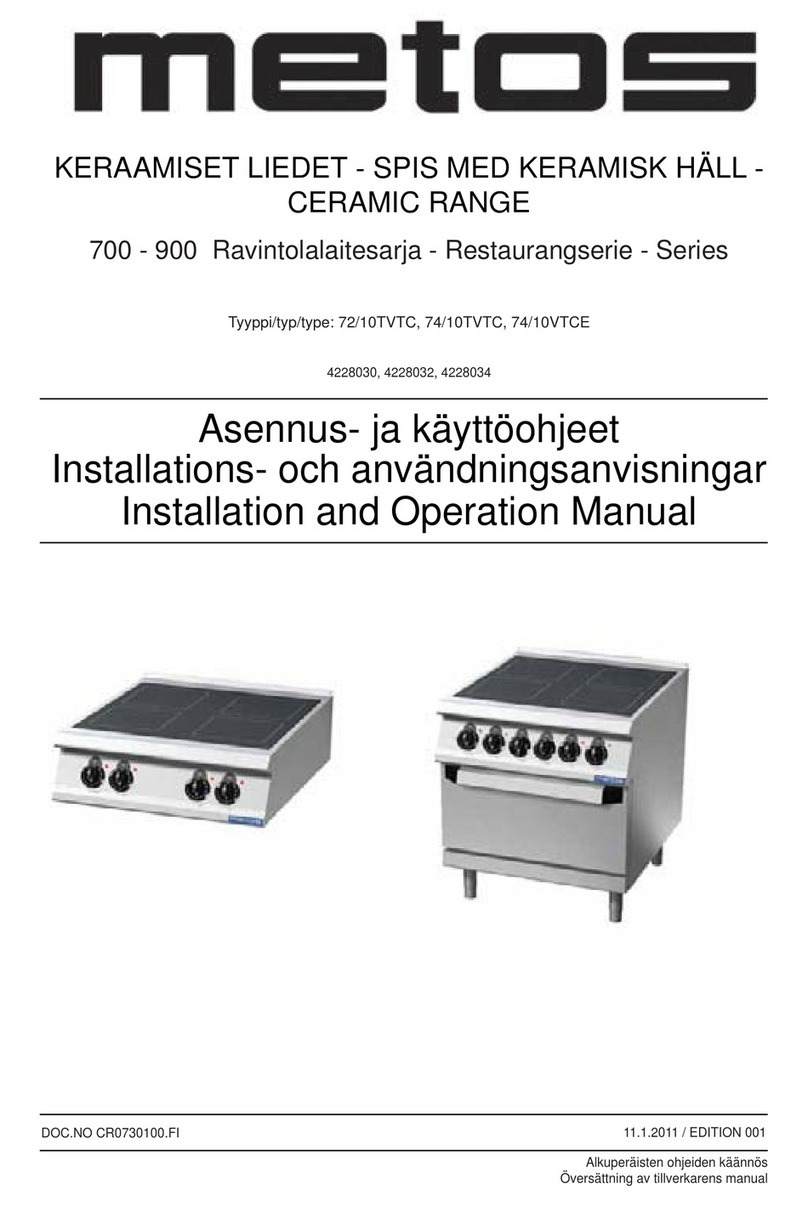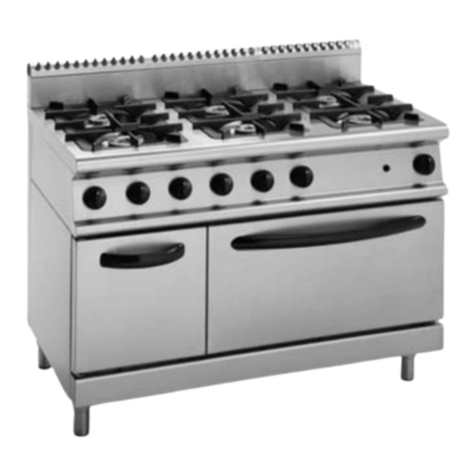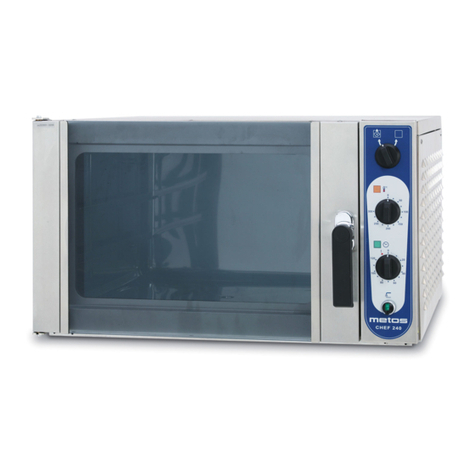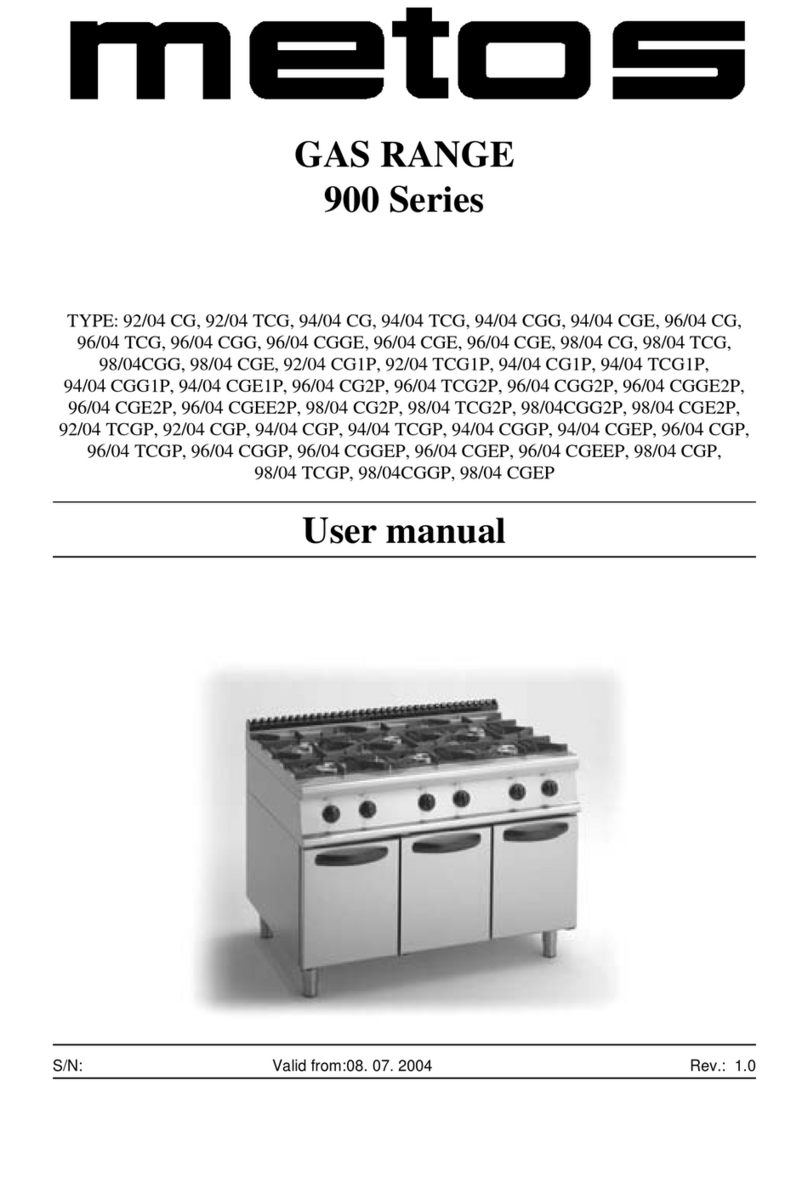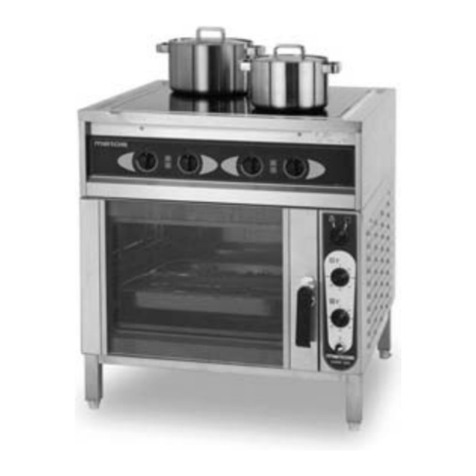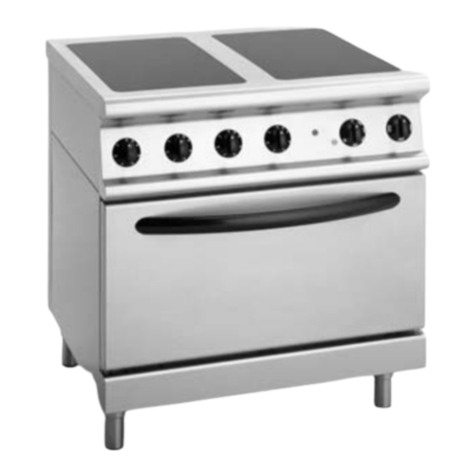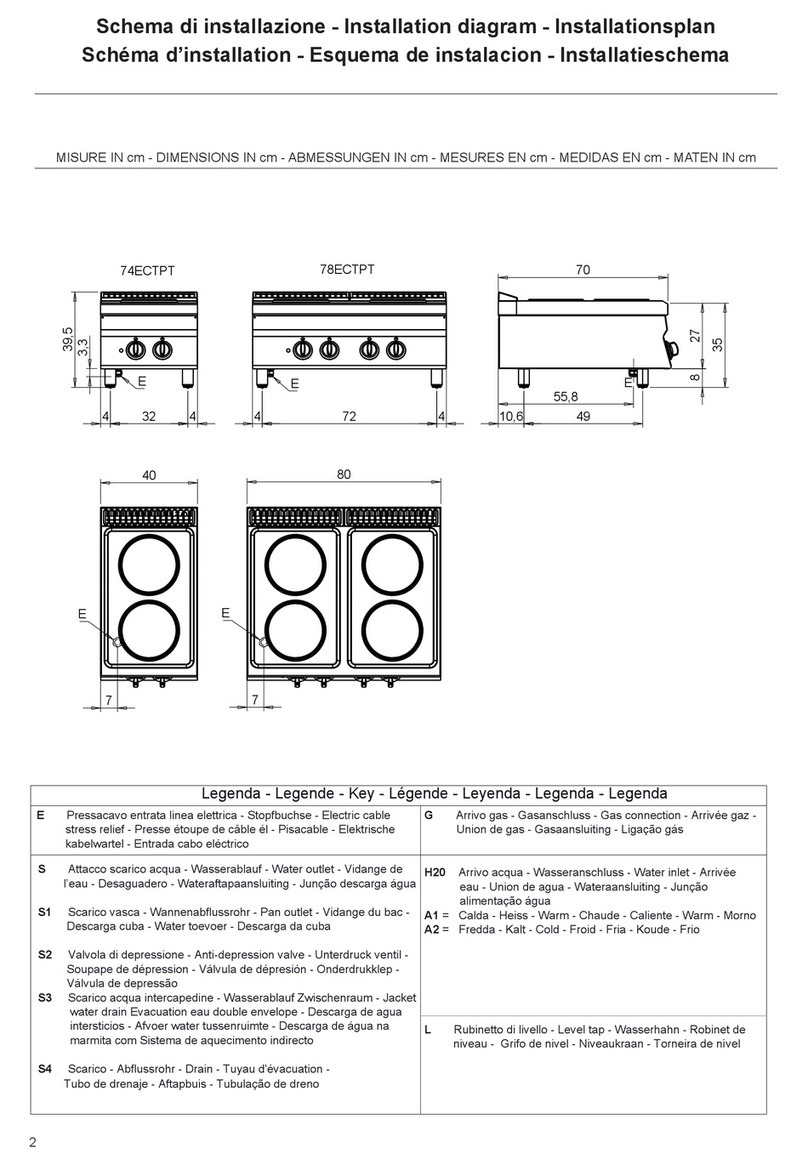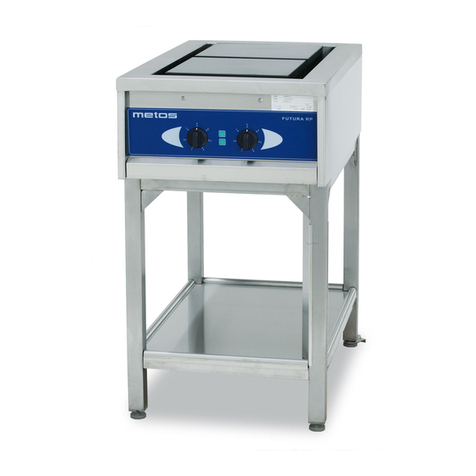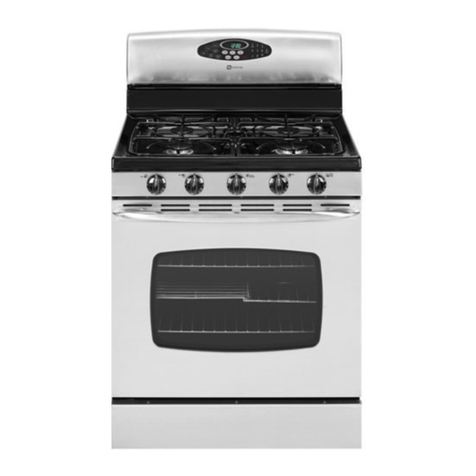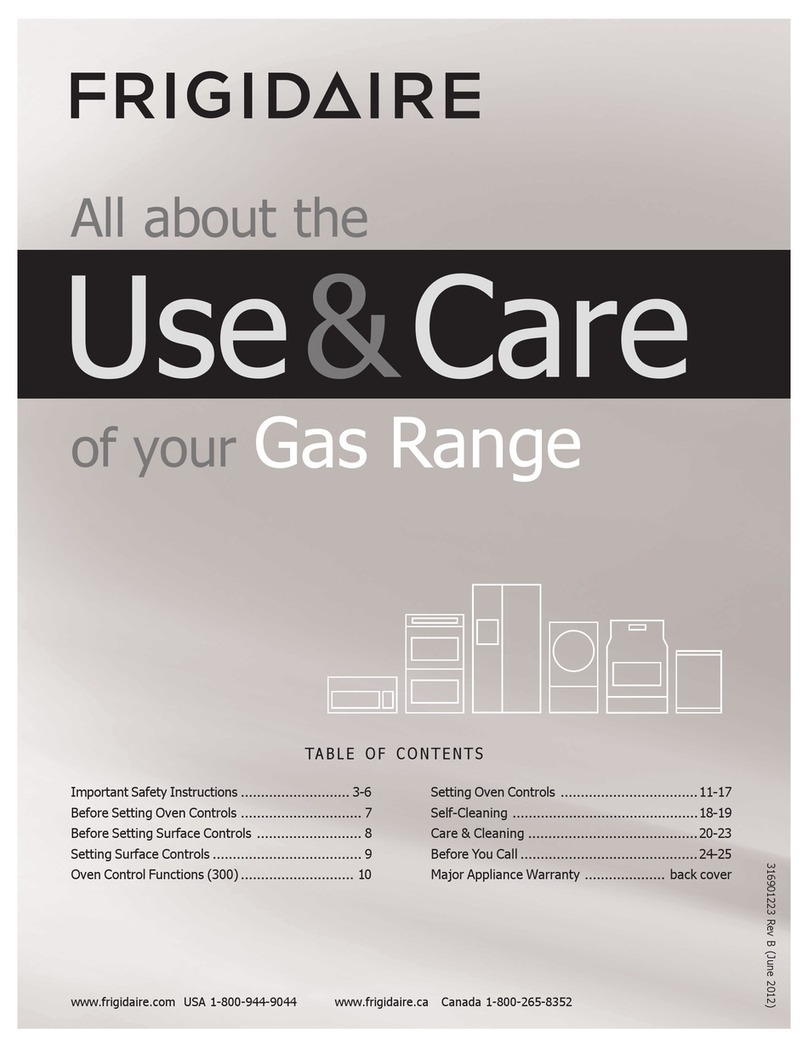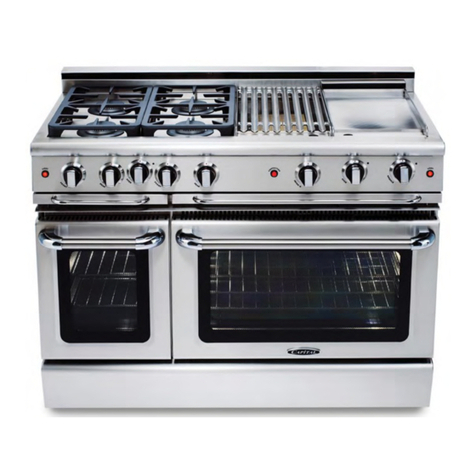
16.2.2004 Rev.
1. General .......................................................................................................... 1
1.1 Symbols used in the manual .......................................................................................... 1
1.2 Symbols affixed to the appliance .................................................................................. 1
1.3 Checking correspondence between the handbook and the appliance ............................ 2
2. Safety .............................................................................................................. 3
2.1 Using the appliance safely ............................................................................................. 3
2.2 Safety instructions in case of malfunction ..................................................................... 3
2.3 Disposing of the appliance ............................................................................................ 3
3. Functional description .................................................................................. 5
3.1 Intended use .................................................................................................................. 5
3.1.1 Prohibited use ....................................................................................................... 5
3.2 Construction .................................................................................................................. 5
3.3 Operating principle ........................................................................................................ 5
3.3.1 Operating switches and pilot lights ........................................................................ 6
4. Operating instructions ................................................................................. 7
4.1 Before using the appliance ............................................................................................ 7
4.1.1 Preparing the use .................................................................................................... 7
4.2 Using the appliance ....................................................................................................... 8
4.2.1 Turning on the appliance ....................................................................................... 8
4.2.2 Cooking .................................................................................................................. 8
4.2.3 Turning off the appliance ....................................................................................... 8
4.2.4 Turning on the electric oven .................................................................................. 9
4.2.5 Turning on the hot cupboard .................................................................................. 9
4.2.6 Preheating ............................................................................................................ 10
4.3 After-use care .............................................................................................................. 10
4.3.1 Cleaning ............................................................................................................... 10
4.3.2 Routine cleaning .................................................................................................. 10
4.3.3 Periodic maintenance ........................................................................................... 11
